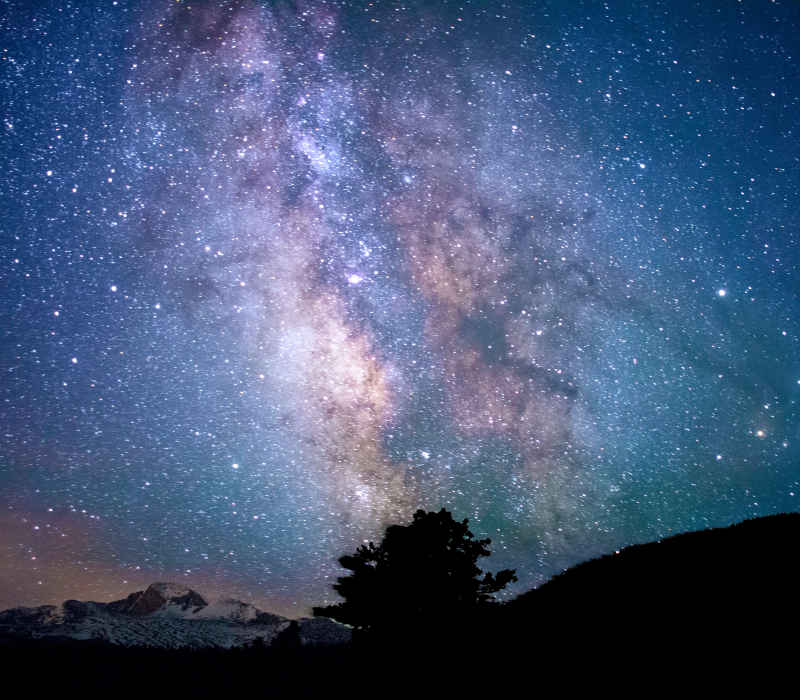In ancient Sanskrit, ‘maya’ denotes the phenomenal realm of one’s perceived experience.
Although the term maya often receives simple translations such as ‘illusion’ or ‘appearance’, Sanskrit scholars have explored the deeper and more evocative meaning of this term. Sanskrit expert, Wendy Doniger O’Flaherty connects maya to ‘creative power,’ ’artistic creation,’ and ‘the process of creation’. She quotes the Dutch professor Jan Gonda’s suggestion of maya as ‘converting an idea into dimensional reality.’
Watch the replay of Robert’s ConnectIONS Live Webinar.
Lucid Dreaming: Can it Show Us How We Create Experience?Watch
_________________________
Lucid Dreaming and Living Lucidly: Gateway to the Inner Self
Workshop Starts October 19th
O’Flaherty writes, “Thus maya first meant making something that was not there before….[M]aya can often best be translated as ‘transformation.’” She goes on to suggest, “To say that the universe is an illusion (maya) is not to say that it is unreal; it is to say, instead, that it is not what it seems to be, that it is something constantly being made.”
These observations point to a fascinating ancient viewpoint concerning the phenomenal world: We exist within an actively created realm which we help create! But in what manner do we create this? And what does that say about the nature of personal experience?
Seeing Experience from a New Framework
The framework of lucid dreaming (or realizing within a dream that you are dreaming) may provide one of the easiest frameworks from which to understand phenomenal experience as a type of mental creation, constantly being created. Aware within a dream, you have greater access to the use of the mind to ‘create’ objects, figures and events. If you know how, you can convert ‘an idea into dimensional reality’ and become an active participant in maya making. Lucidly aware, you often grasp the relative freedom of knowing you exist within a different framework, a mental dimension, and all the possibilities that offers.
Lucid dreaming often comes like a flash of Zen realization. Seconds before, you accepted your experience as ‘real’ but once lucidly aware, you realize that you actually exist within a dream! With full lucid awareness, you may realize that physical constraints like gravity do not exist, so you can (if you wish and know how) fly around the dream scape. You may realize the nearby wall consists of ‘dream stuff’ and therefore you can move through it. Or you may grab your index finger and extend it like taffy to illustrate the mentally created form that you inhabit.
With proper insight or knowledge, you can use the lucid dreaming state to access creativity, resolve inner trauma (such as the IONS research on resolving recurring PTSD nightmares via lucid dreaming), direct healing energies to the body, engage a non-visible inner advisor and perform spiritual practices.
How Does Creating Happen?
How can you do this? What tools exist within a mental dimension, so that you can create a new experience?
Once lucid, you learn to use the tools of the mind!
Namely, you learn to use your beliefs, expectations, focus, intent, will and emotions to help ‘create’ perceived experience. You begin to see the inner process by which the mind creates experience using beliefs, expectations, focus, etc.. Already, young lucid dreamers report transferring these lucid dream insights into their waking world as a method to resolve anxiety and halt panic attacks (by observing the mind and then altering their belief or expectation).
Also in lucid dreams, you come to understand how you possess an inner awareness which assists in the co-creating of experience (as it creates a new vista when you lucidly turn the street corner or fly through a nearby wall). This inner awareness provides an automatic creative function but can also be engaged and respond during lucid dreams. Together, you and your inner awareness work to ‘co-create’ your personal experience.
As I noted in my first book, Lucid Dreaming – Gateway to the Inner Self:
“Like artists projecting their ideas, knowledge and talent into their paintings, lucid dreamers project portions of themselves creatively into their dreaming. The lucid dreamer embodies and joins forces with the inventive power of maya.
To create the lucid dream most constructively, each lucid dreamer must learn how to apply properly to the dream canvas the colorful materials of their mind. The full ‘creative power’ of the lucid dream creator emerges when he or she masters the principles of reality creating.”
In lucid dreams, you learn something utterly radical: How you co-create your personal experience.
Citations
Gordon Globus, Dream Life, Wake Life: The Human Condition through Dreams (Albany: State University of New York Press, 1987), 173.
Wendy Doniger O’Flaherty, Dreams, Illusions and Other Realities (Chicago: University of Chicago Press, 1984), 118.
Robert Waggoner, Lucid Dreaming – Gateway to the Inner Self (Moment Point Press, 2009) 110.
